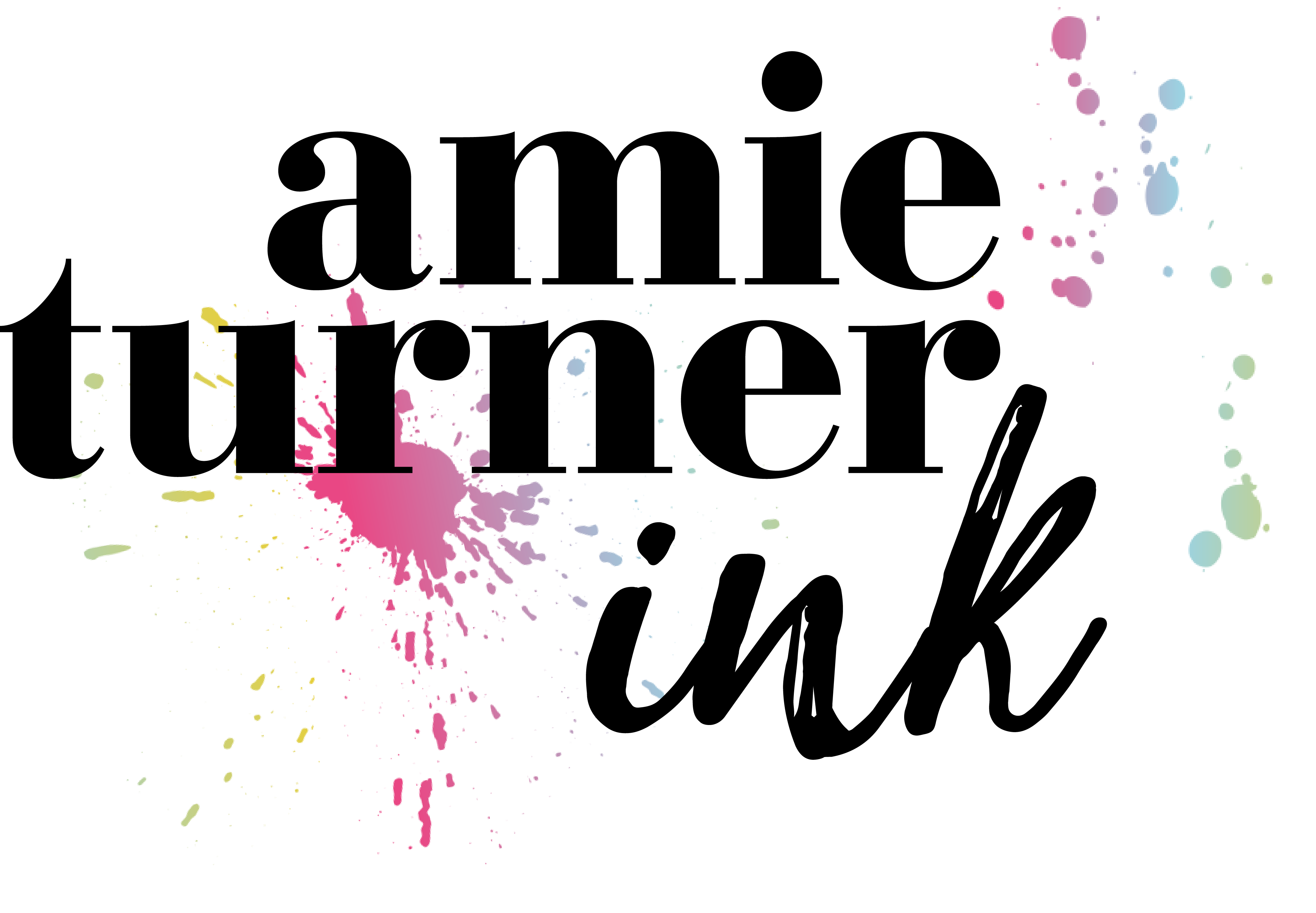In the world of sales email, this is a no-no.

“What’s the point of writing a sales email? No one reads those things, anyway.”
You know who says that?
People who aren’t making many sales. The truth is that sales emails are a seriously powerful sales tool – if you know how to use them.
They are the one marketing platform we have absolute control over, unlike the social media companies that have the ability to take all of your content down in an instant. Email also boasts a seriously impressive ROI, especially for such an inexpensive marketing tool.
The problem is that so many of us are making a few basic (yet fatal) mistakes when it comes to our email copy, and many of them come down to just ONE question:
Why should I care about this email?
If you can see yourself in this list of no-nos, it might be time to return those sales emails and try again…
Making it all about you
This might be hard to hear, but your prospects don’t really care about you or what you want from them.
True. In fact, the only reason you’re in their inbox in the first place is because they see you as a potential solution to their problem with [insert pain point here].
So if you’re writing sales emails full of content about yourself, what you’re doing in your business, and what you want them to do next…
You’re missing the mark. If you want to get all philosophical about it, a sale is really just a meeting of problems with solutions – so start with the problems. Show your reader that you understand what they’re dealing with and how much it sucks, and then let them know how you can help.
Using vague subject and opening lines
Most adult humans don’t have a lot of spare time, and generally speaking, they don’t like to waste it.
So why not just write a subject line that states the obvious, leaves nothing to the imagination, and wastes exactly no one’s time?
If there’s no intrigue, there’s no urge to open and read an email – and if that’s the case, the only person whose time gets wasted is yours.
The key is to strike a clever balance between misleading and interest-piquing. Don’t give it all away (at least until you’ve well and truly warmed up your leads), but don’t keep the reader completely in the dark, either.
Selling too hard
We’ve all heard of “the hard sell”, but until you’ve been on the receiving end, you might not realise what a turn off it can be.
Circling back to our first point, you never want your reader to feel like they’re being bombarded with sales messages as they read your email message. It’s the email equivalent of walking into a stranger’s house and wiping your dirty feet on their rug.
This is especially important if you’re a relatively new business or your customers don’t know your work very well.
Disclaimer: Sometimes you can get away with an overt sales email if your readers are fans of your work (and your emails), but the best salespeople manage to make even their sales pitches feel like a friendly conversation or a story.
So, now that we’ve been through what not to do, let’s talk about how you can get it right!
Ask them rhetorical questions
Unanswered questions have a funny way of leading readers towards their own conclusions about the problem they have and the solution you’re offering. As they let your words sink in, they’ll start to realise that, actually, they don’t want to put up with the problem they’re having, and it is worth investing in someone (like, well, you) who can solve it for them.
Try a few questions like these:
What could your life look like if…
What if [insert pain point] wasn’t holding you back anymore?
What if you didn’t have to [insert undesirable action] anymore?
Envision their situation and spell it out for them
There are so many different options for service providers and products on the market that you might wonder how you’re going to convince your customers that you’re the one…
But it’s worth it, because once you do, you’ll be well on the way to a full calendar and a wallet full of cash.
We all want to work with someone who gets us, so show your potential customers that you understand their problem by describing the situation they’re in right now, pre-you.
Don’t be afraid to get detailed and animated, just like you would in a face-to-face conversation, and focus on the words “you” and “we”.
Sentence-starters like these make it easy:
Right now, you’re struggling with [insert pain point].
You’re watching from the sidelines as [insert competitors] [insert ideal action] – and you know you could be doing the same.
The problem is, you’re feeling [insert adjectives]. [insert descriptive sentence about this person’s life].
Just fill in the blanks like this:
Right now, you’re struggling with a blank page, an empty head, and a looming deadline for that website copy.
You’re watching from the sidelines as other business owners book meetings, score new clients, and grow their businesses – and you know you could be doing the same.
The problem is, you’re feeling weighed down by ALL of the things you have to do in your business. Between booking client meetings, preparing for client meetings, and actually doing the work, you barely have time to eat, let alone work on the copy for your business.
Tell them what they can expect
Let’s get one thing straight: sharing your expertise, experience, and past success stories is pretty much always a good thing…
Just as long as you don’t forget to frame those things in terms of your reader and what they want.
Be specific about not only what they’ll get but also how it will benefit them, and all those juicy details will make you and your offers practically irresistible.
Not sure how to translate features into benefits (or even what the difference is)? Here’s an example:
Feature: This car drives faster than all the other cars on the market.
Benefit: This car will get you to work on time – even if you’re travelling interstate.
Ta-da! Follow these tips and you’ll be writing brilliant sales emails that people actually care about in less time than it takes to clear all the junk out of your inbox…
Or you could always just get me to do it for you!
Find out more about my copy offers here.
Share the love!
WONDERING WHAT TO INCLUDE ON YOUR
SALES PAGE?
Download my sales page outline and follow the 10 simple steps to writing a standout sales page that sells.
By entering your info, you agree to receive emails and promos from me (Yay!). Per my Privacy Notice, your details are never shared (ew) and you can unsubscribe at any time (honestly, no hard feelings).


